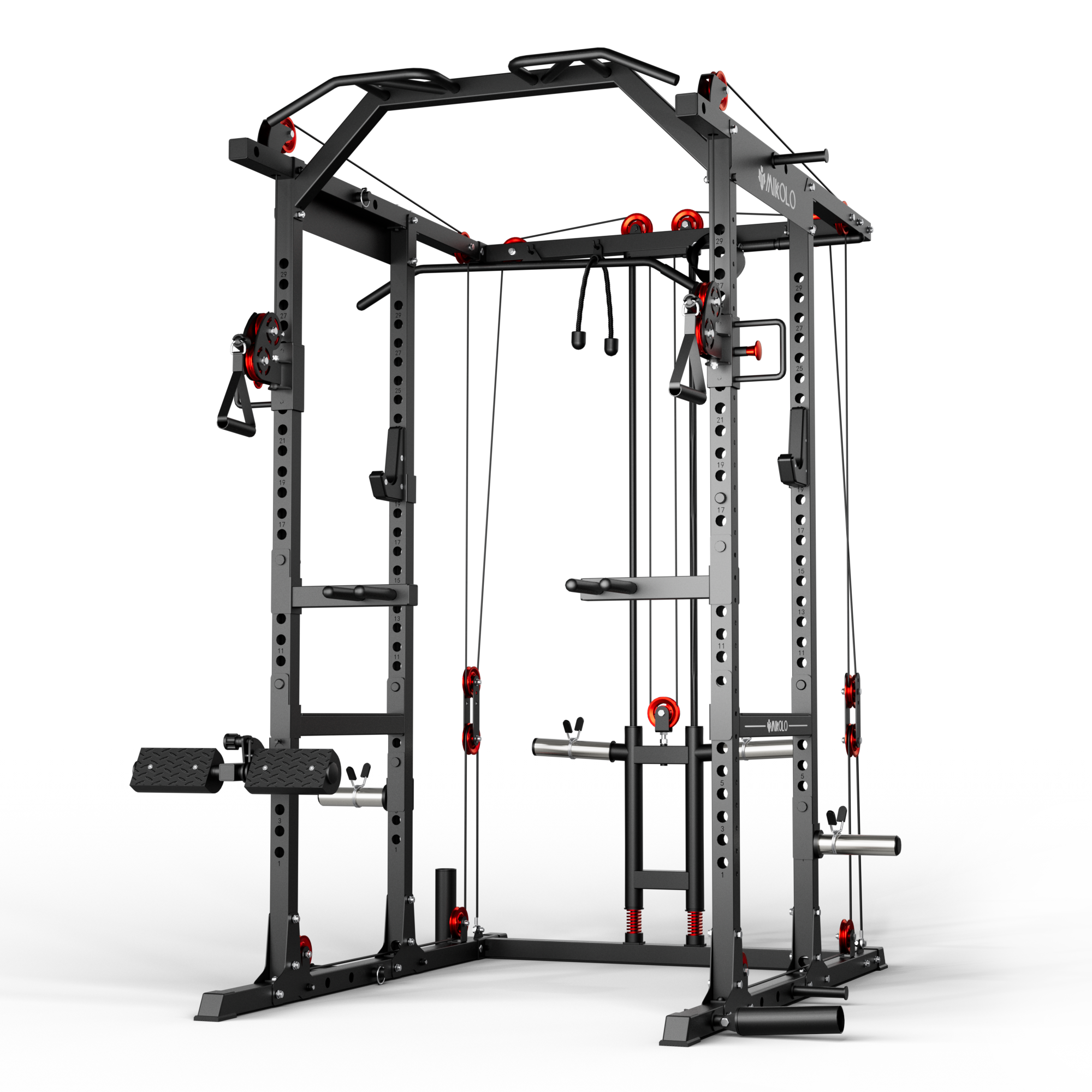When planning a workout routine, one of the most common questions is: How many muscle groups should I train per day? The answer depends on your training experience, goals, and recovery ability—but understanding the basics can help you structure an efficient and effective workout plan.
Understanding Muscle Groups
Your body contains over 600 muscles, but in strength training, we usually group them into larger, functional units. The primary muscle groups most people train include:
-
Chest
-
Back
-
Shoulders
-
Arms (biceps and triceps)
-
Legs (quads, hamstrings, glutes, calves)
-
Core (abs and obliques)
These can be trained individually (isolation) or together (compound movements).
How Many Muscle Groups Per Workout?
For most people, training 1–2 major muscle groups per workout is ideal. This allows for focused work without excessive fatigue and helps manage recovery across the week.
-
Beginners: Start with full-body workouts, hitting all major muscle groups 2–3 times per week. You can train every other day to allow rest.
-
Intermediates to Advanced Lifters: Consider split routines, such as:
-
Push/pull/legs (chest-shoulders-triceps / back-biceps / legs)
-
Upper/lower body split
-
Body part splits (e.g., chest day, back day)
-
These typically involve training 1–3 muscle groups per session.
How Many Muscles Should You Train a Day?
If we’re talking about individual muscles, most workouts involve targeting 3–6 muscles depending on the movement.
-
A chest day may include chest (pecs), triceps, and front delts.
-
A leg day may target quads, hamstrings, glutes, and calves.
But remember: the body doesn't work in isolation. Compound lifts like squats, deadlifts, and bench presses engage multiple muscle groups simultaneously, making them time-efficient and effective for growth.
Why Less Can Be More
Focusing on fewer muscle groups with proper intensity and volume yields better results than trying to hit every muscle in one go. It allows you to:
-
Train with heavier loads
-
Pay closer attention to form
-
Prevent overtraining and burnout
-
Maximize muscle recovery and growth
My Experience with Muscle Group Training
Early in my training journey, I followed a classic "bro split"—one muscle group per day. It worked… for a while. But over time, progress stalled. I switched to a push-pull-legs routine, training each group twice a week with fewer exercises per session. Recovery improved, strength increased, and I actually looked more balanced. The key wasn’t how many muscles I trained per day, but how well I trained them—and how often I let them recover.
Final Thoughts
There’s no one-size-fits-all answer, but here’s a summary to guide your decision:
-
1–2 major muscle groups per workout is optimal for most.
-
Ensure each muscle group gets trained 2x per week for best growth.
-
Focus on quality reps, progressive overload, and smart recovery.
-
Choose a structure that fits your lifestyle—and stick with it consistently.
Training smart beats training more. Start with a plan, listen to your body, and adjust as you go.














































Leave a comment
This site is protected by hCaptcha and the hCaptcha Privacy Policy and Terms of Service apply.